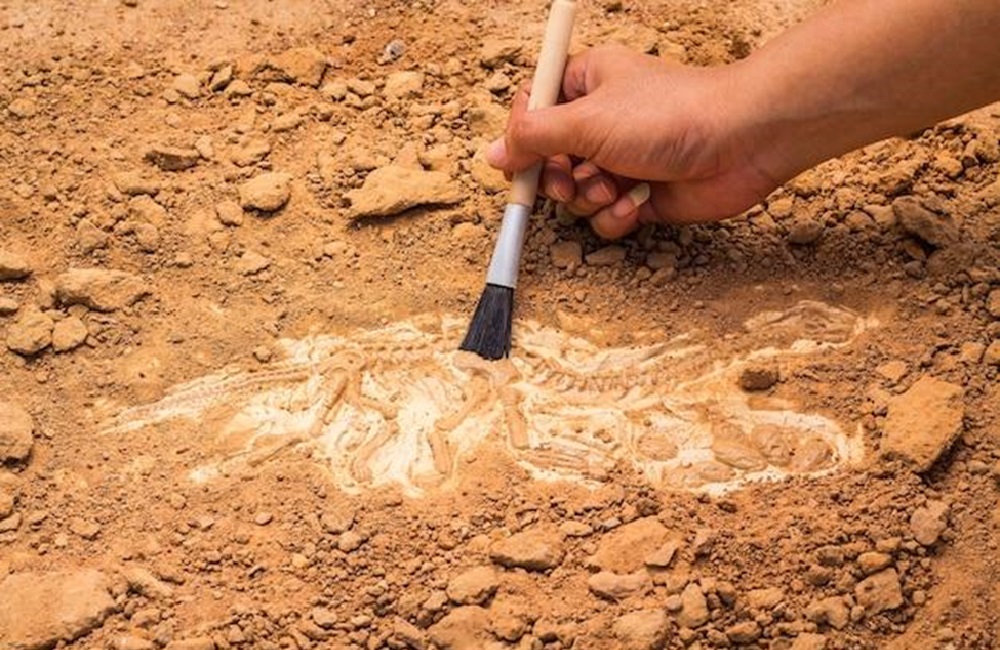Modern Technologies Revolutionizing Archaeological Excavation Methods
In recent decades, the field of archaeology has undergone a remarkable transformation, with cutting-edge technologies revolutionizing traditional archaeological excavation approaches. This evolution has not only enhanced the accuracy and efficiency of excavations but has also opened new avenues for discovery and interpretation of our past.
The Evolution of Archaeological Excavation Techniques
The journey from traditional trowels and brushes to high-tech equipment represents a significant leap in archaeological methodology. While conventional tools remain essential, modern technology has introduced unprecedented precision and capabilities to the field. Today’s archaeological excavation sites are increasingly becoming digital laboratories, where ancient history meets cutting-edge innovation.
Remote Sensing Technologies
LiDAR (Light Detection and Ranging)
LiDAR technology has transformed how archaeologists approach site discovery and mapping. This revolutionary tool uses laser pulses to create detailed 3D maps of terrain, revealing hidden structures and features beneath dense vegetation. In recent archaeological excavation projects, LiDAR has helped discover previously unknown ancient cities and settlements, particularly in heavily forested areas like the Amazon rainforest and Southeast Asian jungles.
Ground Penetrating Radar (GPR)
GPR has become an indispensable tool in modern archaeology. This non-invasive technology allows researchers to identify subsurface features without disturbing the soil. By sending radar pulses into the ground and measuring their reflections, archaeologists can create detailed maps of buried structures, artifacts, and geological features. This technology has proved particularly valuable in urban archaeological settings where extensive digging might not be possible.
Digital Documentation and Recording
3D photogrammetry, digital recording systems, and advanced analysis technologies have revolutionized archaeological excavation processes. 3D photogrammetry creates detailed 3D models of sites, providing permanent digital records.
Digital recording systems enable real-time data entry, spatial recording, and immediate sharing among team members. Portable XRF devices allow on-site chemical analysis, providing insights into material composition. DNA analysis and dating technologies offer new possibilities in archaeology, allowing researchers to extract and analyze ancient DNA from minimal samples.
Artificial Intelligence and Machine Learning
AI algorithms are being used to identify patterns in archaeological data, improving site prospection efficiency and revealing previously unknown sites. Machine learning algorithms predict likely locations of archaeological sites based on known patterns, leading to the discovery of numerous sites.
Environmental and conservation technologies include climate monitoring systems, which help archaeologists understand and mitigate the effects of climate change on sites, and conservation techniques like stabilization methods and protective coatings.
Virtual and augmented reality applications are also being developed to enhance site reconstruction and planning. Virtual reality allows archaeologists to create immersive reconstructions of ancient sites, while AR overlays digital information onto real-world sites, enabling better visualization and planning of excavation strategies.
Drone Technology and Aerial Documentation
Drones with high-resolution cameras and sensors enable detailed aerial documentation of archaeological sites, creating accurate topographical maps with minimal disturbance. Thermal imaging reveals buried structures.
Modern technologies have changed archaeological excavation methods, enabling more systematic recording and comprehensive analysis. These advances have transformed archaeological education, creating a new generation of tech-savvy archaeologists.
Conclusion
The revolution in archaeological excavation methods through modern technology represents a significant leap forward in our ability to understand and preserve human history. These advances have not only improved the efficiency and accuracy of archaeological work but have also opened new possibilities for discovery and interpretation.
As we look forward, it’s clear that the future of archaeological excavation will be increasingly technology-driven, while still maintaining the careful, methodical approach that has characterized the field since its inception. The challenge for modern archaeologists lies in effectively combining these new tools with traditional methods to achieve the best possible results in uncovering and preserving our shared human heritage.

